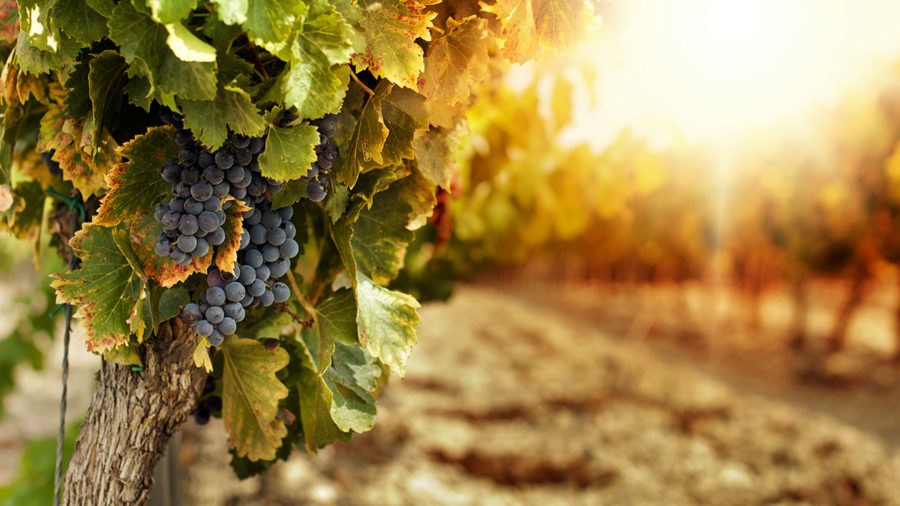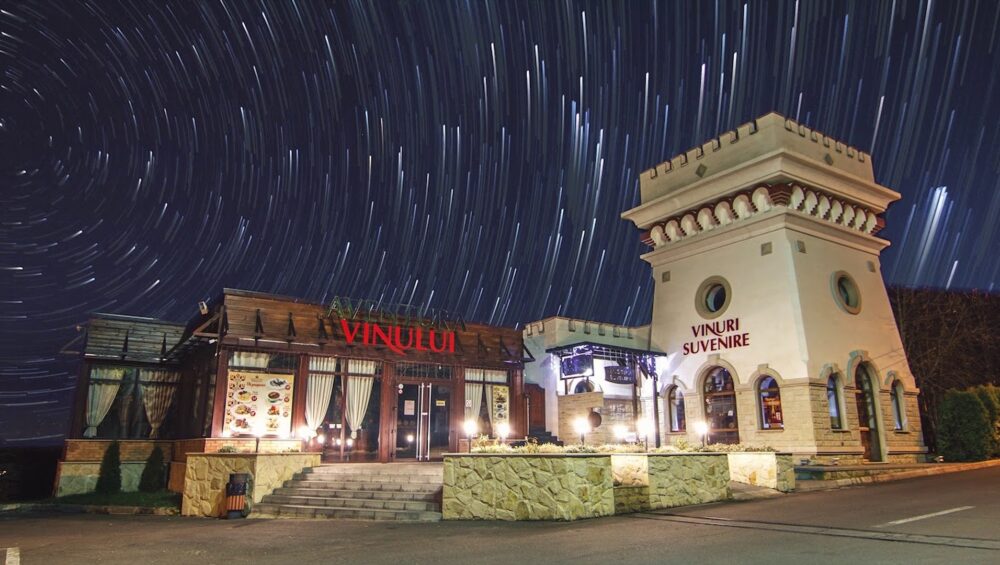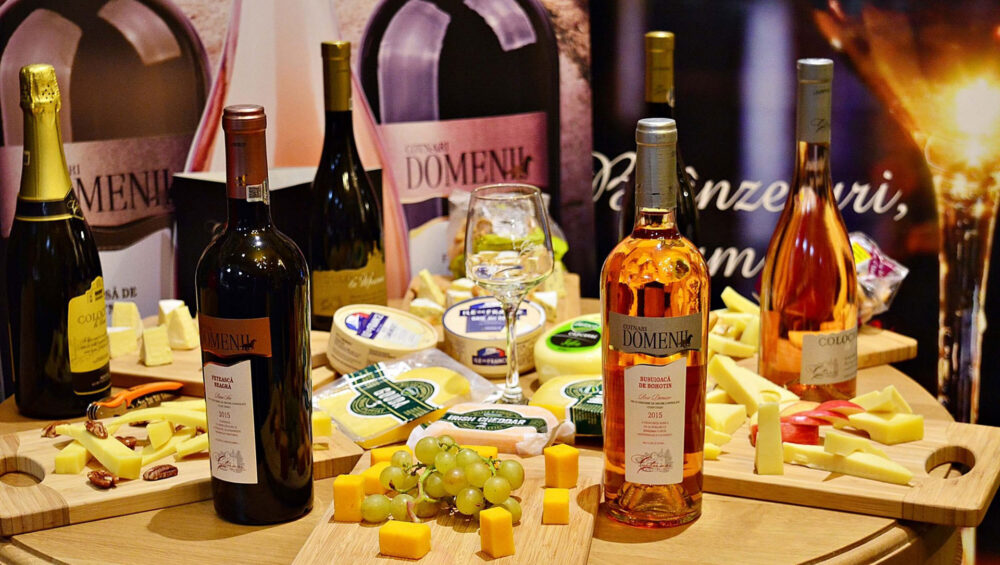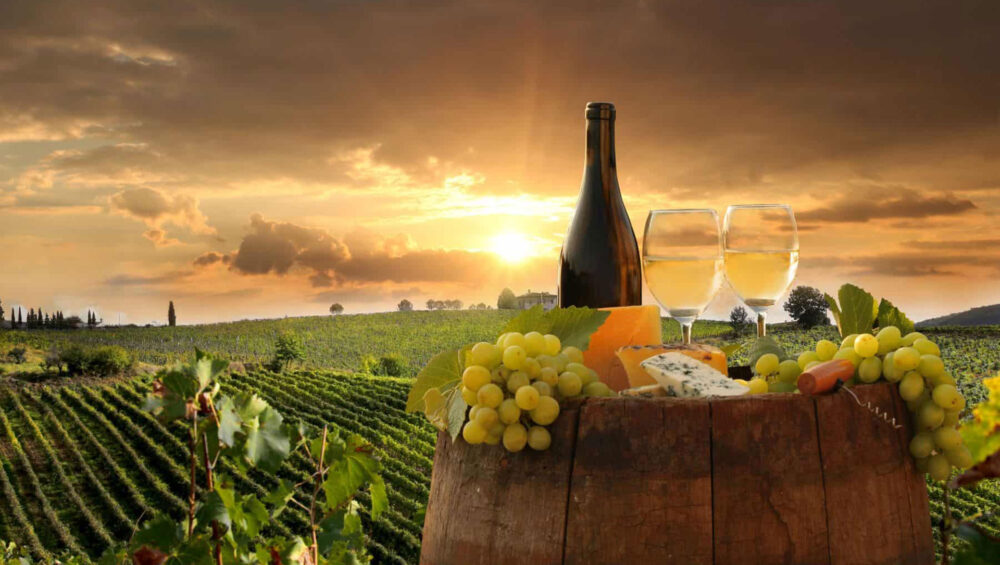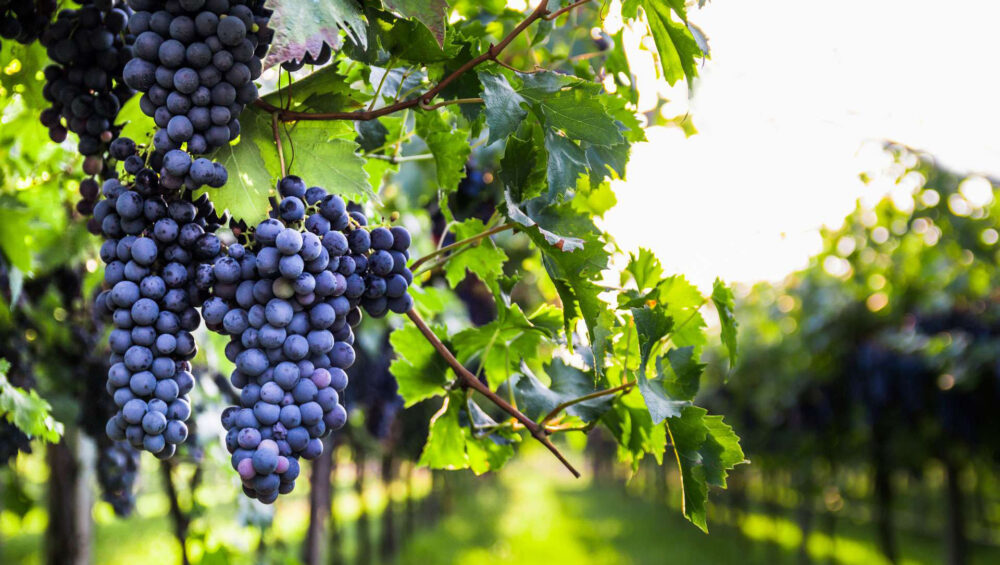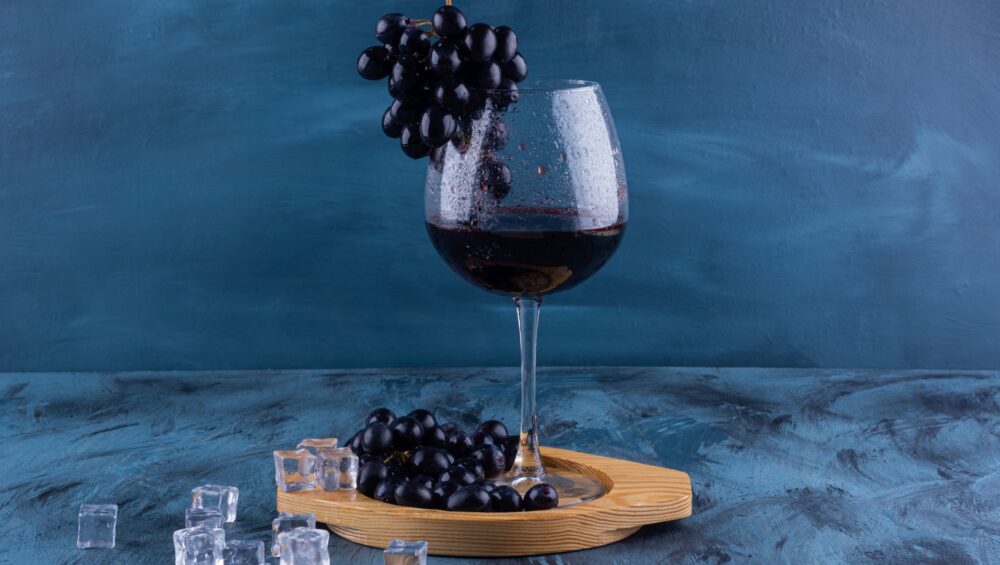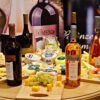Scurtă istorie a viilor și vinului moldovenești. Podgoriile Iașului
Principalele podgorii cuprinse în Nord-Estul Moldovei sunt Cotnari, Iaşi, Huşi şi Iana-Puieşti.
 Deși cele mai pomenite în atestări sunt podgoriile din Cotnari (despre care povestim în alt articol), pe la 1469, Ştefan cel Mare dăruia Mitropoliei din Suceava o vie de la Socola (Buciumi), care s-a tot întins în următoarea sută de ani până spre satul Păun.
Deși cele mai pomenite în atestări sunt podgoriile din Cotnari (despre care povestim în alt articol), pe la 1469, Ştefan cel Mare dăruia Mitropoliei din Suceava o vie de la Socola (Buciumi), care s-a tot întins în următoarea sută de ani până spre satul Păun.
În secolul al XVII-lea, mănăstirile, marii boieri, negustorii, domnii şi târgoveţii dețineau cele mai mari suprafeţe cultivate cu vie. În jurul anilor 1650 apăreau ca proprietari mănăstirile Galata, Cetăţuia, Bîrnova, Barnovschi.
Între 1600 și 1700, Moldova a avut nu mai puțin de 50 de cârmuitori și a fost prădată de cazaci, tătari şi polonezi iar viile au fost lăsate de izbeliște perioade îndelungate. Secolul următor e și-mai-și: 52 de cârmuitori cu nu mai puțin de 16 perioade de căimăcăimie (turcească) și apoi ocupație militară ba rusească, ba austriacă. În acest timp, pe alte meleaguri de construiau Palatul de la Versailles (1664), Bach compune concertele branderburgice la Köthen (1721, Prusia, azi Germania) și la Moscova se inaugura o Universitate (1755).
Firește, au fost și perioade pașnice în care podgorenii își îngrijeau viile și construiau beciuri. Un călător vestit, Evliya Celebi (primul turist serios care a practicat meseria aceasta timp de 50 de ani) spunea, prin 1665, că la Iași sunt doar 1060 de pivnițe.
În 1863-4, odată cu secularizarea averilor mănăstireşti (de către A.I. Cuza), podgoriile mai sus-pomenite au trecut în proprietatea statului. Până în 1949, viile au devenit în totalitate proprietăți particulare ale orăşenilor cu diverse profesii dar şi a viticultorilor pasionați.
 1884 este cel mai trist an din povestea vinului din cauza filoxerei și a manei care au distrus 95% din plantațiile cu soiuri autohtone. Dacă înainte de pandemie existau aici peste 6300 de hectare cu vie, la 1900 sunt menționate abia 827 de hectare. Practic, filoxera* este cea care a determinat modernizarea viticulturii și adopția soiurilor Merlot, Chardonnay, Pinot Noir, Cabernet Sauvignon sau Sauvignon Blanc.
1884 este cel mai trist an din povestea vinului din cauza filoxerei și a manei care au distrus 95% din plantațiile cu soiuri autohtone. Dacă înainte de pandemie existau aici peste 6300 de hectare cu vie, la 1900 sunt menționate abia 827 de hectare. Practic, filoxera* este cea care a determinat modernizarea viticulturii și adopția soiurilor Merlot, Chardonnay, Pinot Noir, Cabernet Sauvignon sau Sauvignon Blanc.
Tot ca urmare a pandemiei, în 1893 a apărut prima pepinieră viticolă de la Vişani, pe lângă o şcoală de maiştri viticoli şi altoitori. În 1900 s-a înfiinţat chiar o societate viticolă care s-a ocupat cu promovarea soiurilor de viţă de vie și premierea celor mai reuțite vinuri.
Primul Război Mondial a fost urmat de o perioadă interbelică înfloritoare. Al Doilea Război Mondial a fost devastator însă greul era abia la început: începând cu 1949 toate viile au trecut în proprietatea statului și a CAP-urilor.
 În timpul regimului comunist (1948-1989), au fost dezvoltate trei ripuri de organizații producătoare de vin: institute de cercetare, proprietăți vitivinicole și podgorii cooperante legate de vinarii de stat. În această perioadă, accentul a fost pus pe cantitate, mai degrabă decât pe calitate deoarece oferta era restrictivă. Vinurile bune erau folosite pentru reglarea balanţei comerciale, în special pentru export. .
În timpul regimului comunist (1948-1989), au fost dezvoltate trei ripuri de organizații producătoare de vin: institute de cercetare, proprietăți vitivinicole și podgorii cooperante legate de vinarii de stat. În această perioadă, accentul a fost pus pe cantitate, mai degrabă decât pe calitate deoarece oferta era restrictivă. Vinurile bune erau folosite pentru reglarea balanţei comerciale, în special pentru export. .
Potrivit lui Alice Gregorescu, directoare Vinterra, România vindea vinuri datorită faptului că erau destul de ieftine. Acesta a fost motivul principal. Calitatea nu a fost atât de importantă, dar prețul, da. România a vândut vinuri din categoria very low price pentru mulți ani. Așa a ajuns România cel de-al șaselea producător de vin din Europa.**
 Casa de vinuri Bucium
Casa de vinuri Bucium
În 1949***, podgoriile lăsate de Ștefan cel Mare Mitropoliei din Suceava (bineînțeles, în 500 de ani s-au schimbat multe) sunt reunite sub Casa de vinuri “Bucium 1949” Iași. În anii 1970 – 1980 societatea avea în exploatare 1050 hectare de viță de vie și 400 hectare de pomi fructiferi (pentru rachiu), fiind una dintre cele mai mari din Moldova.
Beciurile Universităţii de Ştiinte Agricole de la Iaşi – pivnițele Adamachi
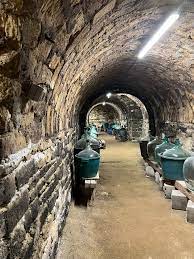
Din anul 1960****, beciurile Universităţii de Ştiinte Agricole de la Iaşi construite în anul 1850 de filantropul Vasile Adamachi, au intrat în subordinea academicianului Vasile Cotea, care a realizat aici un adevărat punct de vinificație. În anul 1974, pivniţele Adamachi au fost unite cu cele care s-au aflat în proprietatea familiei Kogălniceanu. Beciurile sunt întinse pe o suprafaţă de peste 350 de metri și traversează subteran şoseaua Breazu, terminându-se chiar sub casa lui Mihail Sadoveanu. Sute de sticle de vin, dar şi butoaie sau damigene sunt înşirate de-a lungul pereţilor din piatră. Temperatura constantă de 9 grade Celsius şi umiditatea reglată atent conservă perfect vinul din butoaie. Beciurile Adamachi sunt grupate în patru secţii: cea de maturare la butoi, vinoteca, secţia de preparare a vinurilor spumante şi o ultimă secţie, de preparare a vermutului şi alte băuturi pe bază de must şi vin.
Marea privatizare postRevoluție
Revoluția din 1989 a fost urmată de retrocedare terenurilor. Fărâmițarea proprietăților, tranziția spre economia de piață și știți foarte bine ce a mai urmat, au dus, pe de o parte, la distrugerea multor podgorii dar și la reorganizarea unora noi. Noii mari jucători au fost, pe de o parte, inspirații oportuniști care știau pe ce pun mâna. De cealaltă parte erau pasionații care chiar voiau să facă treabă. Evident, considerații pe tema privatizării podgoriilor sunt multe și mai ales speculative.
Deși la începuturile anilor 90 România exporta mai puțin de 15% din producția de vin – și asta pentru că era nevoie de valută*****. În 2011, statisticile internaționale** plasează România pe locul 15 în topul producătorilor de vin. Clasificarea ia în considerare suprafața cultivată și calitatea vinului. În 2015 România avea aproximativ peste 5% din terenurile agricole românești cultivate cu viță de vie. Cu toate acestea, în ultimii 15 ani, exportul vinurilor românești a scăzut considerabil, o mare parte din vinul produs fiind utilizat pentru consumul intern.
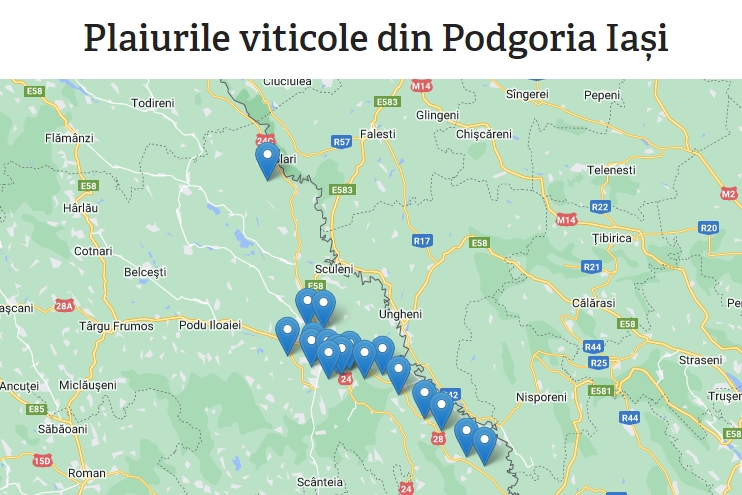 Astăzi****** podgoria Iaşi cuprinde plantaţiile viticole amplasate în zonele colinare ale Moldovei (sectorul de sud – est) şi pe coasta de tranziţie spre Podişul Moldovenesc de sud (Coasta Repedea) şi faţa Prutului (sectorul Tomeşti – Bohotin).
Astăzi****** podgoria Iaşi cuprinde plantaţiile viticole amplasate în zonele colinare ale Moldovei (sectorul de sud – est) şi pe coasta de tranziţie spre Podişul Moldovenesc de sud (Coasta Repedea) şi faţa Prutului (sectorul Tomeşti – Bohotin).
În cadrul podgoriei se disting centrele viticole Copou – Şorogari, Galata, Uricani, Bucium, Comarna, Bohotin, Tomeşti, Covasna.
Centrele viticole Tomeşti, Covasna, Comarna şi Bohotin înşirate la distanţe de 10 şi 40 km sud-est de Iaşi, se găsesc în condiţii fizico-geografice identice şi intră, sub aspect economic, în sfera de influenţă a oraşului Iaşi. Acesta este motivul pentru care centrul viticol Bohotin a fost ataşat podgoriei Iaşi şi nu celei de la Huşi.
Și a mai rămas o singură informație pe care e musai să o lăsăm aici înainte de a închide artciolul: despre soiurile de viță de vie care sunt cultivate pe podgoriile Iașului. Începem cu Busuioaca de Bohotin, Cabernet Sauvignon, Sauvignon Bland, Merlot, Traminer, Chardonnay, Riesling și încheiem cu o Fetească neagră, autohtonă.
- *Filoxera: insectă (orig. America de Nord) care atacă rădăcinile plantei din sol
- ** Sursa informațiilor: blacksea-cbc.net
- *** Sursa informații: ziaruldeiași.ro
- **** Sursa informații: digi24.ro
- ***** Sursa informației: Cartea Vinurilor, Matthew Jukes, Editura Paralela 45, 2021
- ****** Sursa informației: stațiunea-viticolă-iași.ro

